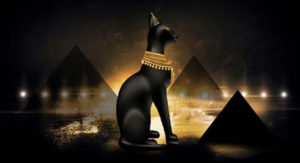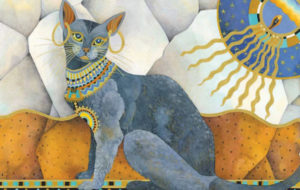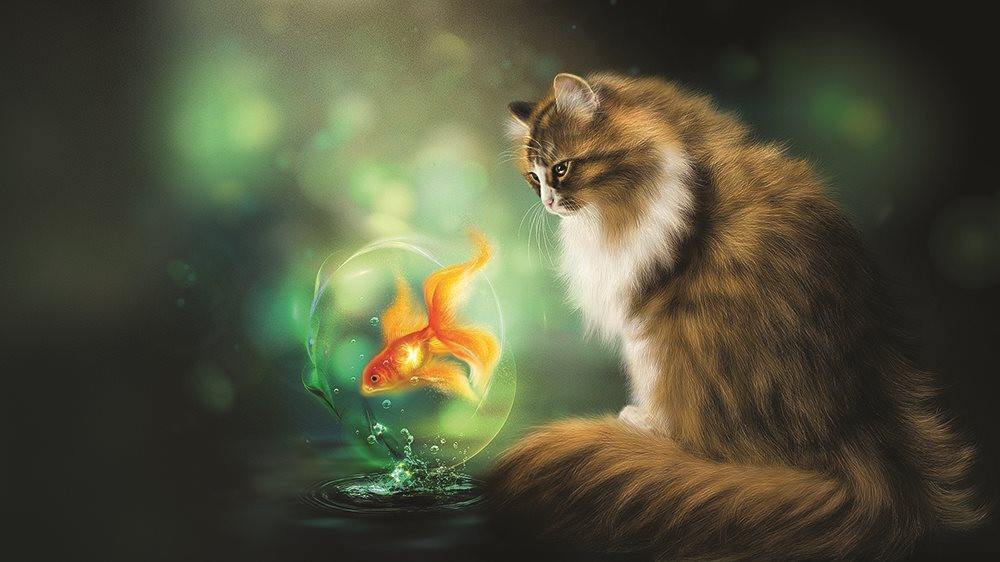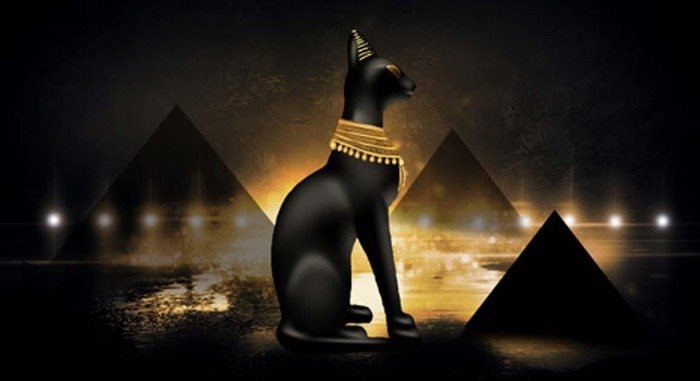Cats have been a part of human culture for centuries, and their influence can be seen in various forms of art. From ancient civilizations to modern times, cats have captured the hearts and minds of people all over the world. In this article, we will explore the infinite influence of cats in culture and art, and how they have shaped our society.

Cats in Culture and Art: Infinite Influence
For centuries, cats have been tamed and embraced by humans, playing a significant role in our communities. In ancient Egypt, they were revered and held in high esteem as divine creatures. Across many societies, these feline creatures are linked with good fortune, safeguarding, and even mystical powers. The strong bond between humans and cats has inspired their depiction in diverse art forms such as literature, paintings, sculptures, and even music.
The History of Cats in Culture and Art
The earliest indication of cats in artistic representations can be dated back to ancient Egypt, where they were portrayed in hieroglyphs and murals found in tombs. These portrayals frequently depicted cats as symbols of fertility, motherhood, and safeguarding. Cats were also embalmed and laid to rest alongside their owners, highlighting their significance in Egyptian society.
During the Middle Ages in Europe, cats were frequently depicted as representations of malevolence and sorcery, resulting in their mistreatment during the notorious witch trials. In contrast, in Japan, cats were highly respected and believed to bring good fortune, which led to the development of the well-known “Maneki-Neko” statues.
During the 1800s, cats gained widespread attention in the art world, with renowned painters like Edouard Manet and Gustav Klimt incorporating them into their pieces. Additionally, cats became prominent figures in literature, as acclaimed writers such as Edgar Allan Poe and T.S. Eliot incorporated them into their poems and stories.
How Cats in Culture and Art: Infinite Influence

The impact of cats on culture and art is boundless, as they have served as a wellspring of creativity for artists and innovators throughout the ages. Cats have been portrayed in a multitude of ways, ranging from lifelike portraits to more abstract depictions, and their inclusion imbues artwork with richness and significance.
The Symbolism of Cats in Art
Throughout history, cats have been linked to different symbols in art, influenced by the culture and era. In ancient Egypt, cats were viewed as representations of divinity and were frequently portrayed alongside deities. In Japanese art, cats are considered symbols of good fortune and abundance, whereas in Western art, they can embody enigma, self-reliance, and even allure.
Aside from representing deeper meanings, felines also bring a touch of lightheartedness and fancifulness to artistic works. Their elegant gestures and inquisitive demeanor make them ideal muses for various mediums such as paintings, sculptures, and other forms of creative expression.
Pros and Cons Cats in Culture and Art: Infinite Influence
The impact of cats on culture and art has its own set of advantages and disadvantages. In a positive light, cats add delight and aesthetic value to various forms of art, and their mere existence can stir up feelings and ignite creativity. They also act as a symbol of our bond with the natural world and the animal realm.
Nevertheless, there are those who contend that the excessive presence of cats in artistic works can be constraining and monotonous. This could result in a dearth of variety and creativity within the art industry. Furthermore, the commodification of cat-related products and artwork may diminish the genuine worth and importance of these animals in our culture.
Alternatives
Although cats have been a prevalent theme in art for many years, there are numerous other creatures that have also had a significant impact on culture and artistic expression. Dogs, horses, birds, and even insects have all been depicted in various art forms, highlighting their distinct qualities and symbolic meanings. By examining the representation of different animals in art, we can gain a greater insight into our connection with the natural world.
Step by Step to Do Cats in Culture and Art: Infinite Influence

If you are a creative individual seeking to include felines in your art, here are some guidelines you can adhere to in order to achieve this successfully.
- Explore the background and significance of cats in various societies across the world.
- Observe and study cats in their natural habitat to capture their essence and movements accurately.
- Experiment with different styles and techniques to portray cats in a unique and meaningful way.
- Use cats as symbols or metaphors in your art to convey deeper meanings and messages.
- Continuously explore and challenge yourself to create new and innovative ways of incorporating cats into your art.
Tips Cats in Culture and Art: Infinite Influence
Here are some tips for artists and creators looking to incorporate cats into their work:
- Examine the physical structure and actions of felines in order to portray them realistically in your artwork.
- Utilize various mediums and methods to incorporate dimension and tactile elements into your feline-inspired pieces.
- Include felines in your artwork in surprising manners, such as featuring them as the main subject or incorporating them as hidden elements.
- Discover diverse depictions of felines in various cultures to expand one’s understanding of their impact in the world of art.
- Do not hesitate to try new things and challenge yourself when incorporating cats into your artwork.
Conclusion
Throughout history, cats have had a significant impact on culture and art, spanning from ancient civilizations to the present day. They have been portrayed in countless forms, bringing aesthetic appeal, symbolism, and a sense of playfulness to various works of art. Although their prevalence in art may have some drawbacks, cats remain a constant source of inspiration for artists and creators worldwide. By delving into their past, significance, and behavior, we can continue to integrate cats into our artwork in meaningful and original ways.
